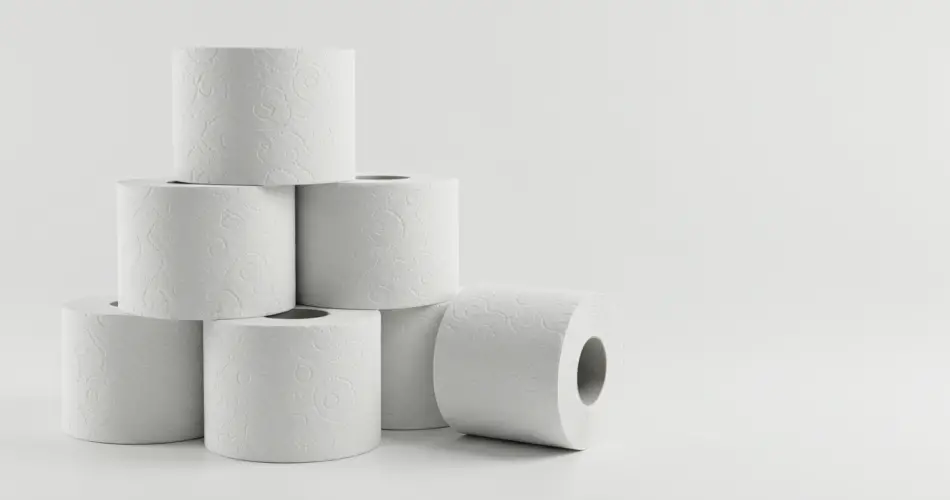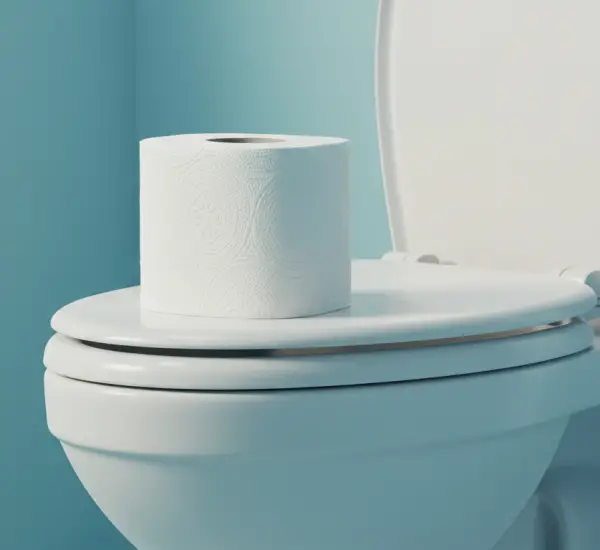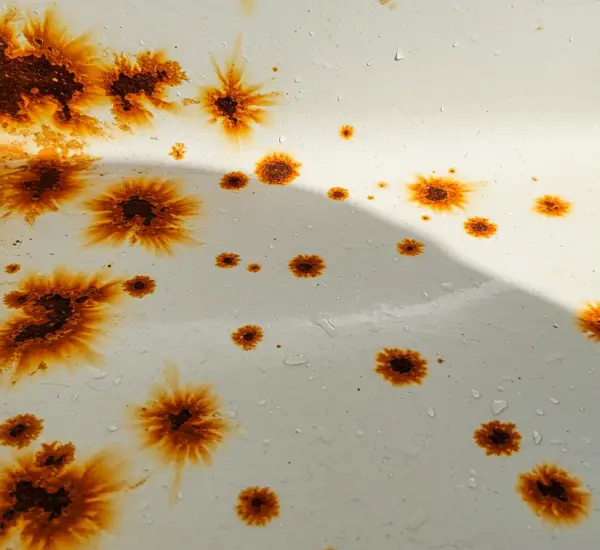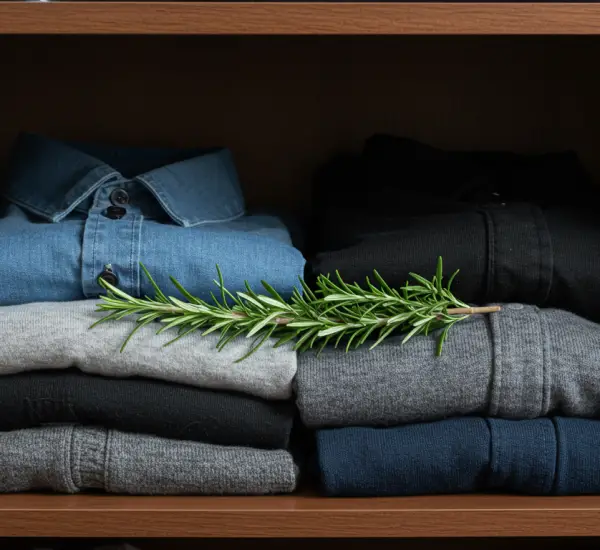Many people assume that all toilet paper is the same — that choosing one type over another is simply a matter of personal preference or sensitivity. Some even think that those who seek out scented, eco-friendly, or multi-ply rolls are being overly picky or dramatic. However, the truth is that your choice of toilet paper can have a much bigger impact than you might imagine — not just on comfort, but also on plumbing, costs, and even the environment.
Why Choosing the Right Toilet Paper Is Important
Toilet paper may seem like a small household detail, but choosing the wrong type can lead to unpleasant consequences — such as clogged pipes, expensive plumbing repairs, and even environmental damage. Many people pick toilet paper based on price alone, assuming the cheapest option is the most convenient. Unfortunately, that “bargain” can end up costing far more in the long run.
Low-quality toilet paper often doesn’t dissolve properly when flushed. Instead of breaking down in the water, it tends to clump and accumulate inside pipes. Over time, this buildup restricts water flow and leads to stubborn blockages. The result? A completely clogged toilet, slow-draining plumbing, and possibly a flooded bathroom. When DIY fixes don’t work, the next step is usually calling a plumber — and those visits rarely come cheap.
The Hidden Cost of Cheap Toilet Paper
At first glance, saving a few cents per roll might seem reasonable. But when that decision causes plumbing problems, the “savings” disappear instantly. Hiring a plumber to clear a blockage can cost hundreds of euros, especially if the clog is deep within the system. In extreme cases, pipes may even need to be replaced — a job that could run into the thousands.
In short, low-quality or overly thick toilet paper isn’t just bad for your wallet — it’s bad for your home. The best way to avoid such issues is to invest in a type of paper that dissolves quickly in water.
The Best Type of Toilet Paper: Eco-Friendly and Water-Soluble
If you want to protect your plumbing while doing something positive for the planet, the best option is eco-friendly toilet paper that dissolves easily in water. These types of toilet paper are specifically designed to break down quickly after flushing, reducing the risk of clogs and minimizing waste.
Eco-friendly toilet paper is often made from recycled materials or sustainable bamboo fibers. Not only is it gentle on your pipes, but it also has a significantly smaller carbon footprint. To put things into perspective, the production of just ten rolls of conventional toilet paper emits around 2.5 kilograms of CO₂. Moreover, approximately 270,000 trees are cut down every year to meet the world’s demand for toilet paper — a staggering figure with major ecological consequences.
By switching to eco-friendly alternatives, you help conserve forests, reduce energy use, and cut down on emissions. These types of paper also tend to use less bleach and fewer harmful chemicals, making them safer for your skin and the environment alike.
A Simple Trick to Identify the Best Toilet Paper
So how can you tell if your toilet paper is good for your pipes and eco-friendly? There’s a simple test you can do at home. Tear off a few sheets and place them in a bowl of water. If the paper starts to disintegrate after a few seconds, that’s a good sign — it means it’s designed to dissolve quickly when flushed. If it remains intact or turns into a dense wad, it’s likely too thick and could cause plumbing issues.
Generally speaking, single-ply or two-ply paper is safer than multi-ply versions. While thick, soft paper may feel luxurious, it doesn’t dissolve easily and can lead to major blockages. The best toilet paper should be thin, smooth, and easily biodegradable.
What to Do If the Toilet Is Already Clogged
If your toilet is already blocked — likely due to excessive or poor-quality toilet paper — don’t panic. There’s a simple, chemical-free way to try to fix the problem before calling a plumber.
-
Remove some of the water from the bowl using a small container or sponge (just enough to make room for adding hot water).
-
Boil a kettle of water and carefully pour it into the toilet bowl. The heat will help soften and break down the compacted paper.
-
Let it sit for a few minutes, allowing the paper to dissolve further.
-
Use a toilet brush or plunger to gently stir and push the blockage through. In most cases, this will clear the pipe within minutes.
This simple trick can save you both time and money — and most importantly, it avoids the need for harsh chemical cleaners that can damage plumbing and release toxic fumes.
Lessons Learned: The Real Value of Smart Choices
Once you’ve dealt with a blocked toilet caused by poor-quality paper, you quickly learn that spending a little more on a better product is well worth it. The right toilet paper ensures your plumbing stays clear, your bathroom remains clean, and your conscience stays clear knowing you’re making an eco-friendly choice.
In summary:
-
Avoid overly thick or multi-ply paper — it doesn’t dissolve properly.
-
Choose water-soluble, eco-friendly options made from recycled materials or bamboo.
-
Perform the “dissolving test” before committing to a new brand.
-
If you experience a clog, use boiling water and patience — not harsh chemicals.
By paying attention to what might seem like a small detail, you can prevent major household issues and contribute to a more sustainable world. The next time you’re standing in the toilet paper aisle, remember: the right choice isn’t just about softness or scent — it’s about protecting your home, your wallet, and the planet.



